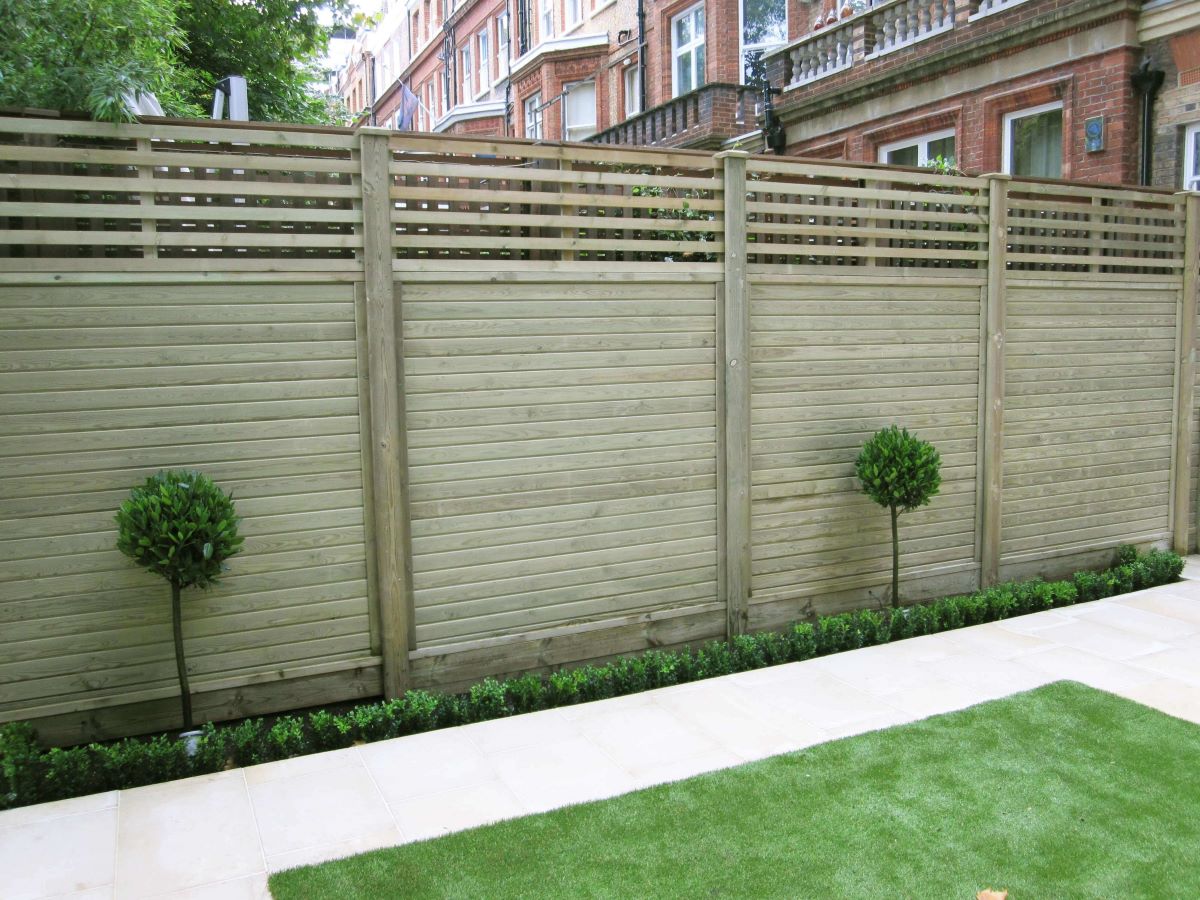

Articles
How High Should A Garden Fence Be
Modified: December 7, 2023
Discover the recommended height for a garden fence in this informative article. Explore tips and guidelines for selecting the ideal fence height to maximize privacy and security.
(Many of the links in this article redirect to a specific reviewed product. Your purchase of these products through affiliate links helps to generate commission for Storables.com, at no extra cost. Learn more)
Introduction
When it comes to creating a garden, one important consideration that often gets overlooked is the height of the garden fence. The height of the fence can have a significant impact on the functionality and overall aesthetic of the garden. Whether you are looking for privacy, security, or protection from animals and wildlife, choosing the right height for your garden fence is crucial.
In this article, we will explore the various factors to consider when determining the height of a garden fence. We will take a closer look at local regulations and restrictions, the purpose of the fence, and the different types of fences available. By understanding these factors, you will be able to make an informed decision and find the optimal height for your garden fence.
Key Takeaways:
- Prioritize privacy, security, and aesthetic appeal when choosing the height of your garden fence. Consider local regulations, purpose, and fence types to create a harmonious and enjoyable outdoor space.
- Tailor the height of your garden fence to deter animals, protect plants, and enhance the visual appeal of your outdoor space. Balance functionality, local regulations, and specific needs for privacy and security.
Read more: How High Should Raised Garden Bed Be
Factors to Consider
When deciding on the height of your garden fence, there are several factors you should take into consideration. These factors will vary depending on your specific needs and preferences. Let’s explore some of the key factors:
- Local Regulations and Restrictions: Before starting any construction, it is essential to familiarize yourself with local regulations and restrictions regarding fence heights. Some neighborhoods or municipalities may have specific height limits that you must adhere to. Be sure to check with your local authorities or homeowner’s association to ensure compliance.
- Purpose of the Fence: What do you want to achieve with your garden fence? Is it for privacy, security, keeping animals out, or protecting plants from wildlife? Each purpose might require a different fence height. Consider your goals and prioritize them accordingly.
- Types of Fences: Different types of fences have different standard heights. For example, a picket fence typically ranges between 3 to 4 feet in height, while a privacy fence can be as tall as 6 to 8 feet. Understanding the height limitations of various fence types will help you narrow down your options.
- Neighboring Properties: Take into account the height of fences in neighboring properties. You may want to maintain consistency or adjust the height to complement the overall look of the neighborhood. It’s also important to consider any potential impact on your neighbors’ view or sunlight.
- Climate and Wind Conditions: If you live in an area with strong winds, a taller fence can provide better protection and reduce the impact on your garden. Additionally, consider the potential for snow buildup during the winter months, as the fence may need to be higher to prevent snow from entering your garden area.
- Aesthetic Considerations: The height of your garden fence can greatly impact the visual appeal of your outdoor space. Consider the overall style of your garden and house when selecting a fence height. A high fence may create a more private and enclosed atmosphere, while a lower fence can give a more open and welcoming feel.
By carefully considering these factors, you can make an informed decision about the optimal height for your garden fence. Keep in mind that it’s essential to find the right balance between functionality, local regulations, and aesthetic appeal to create a harmonious and enjoyable garden environment.
Local Regulations and Restrictions
Before embarking on any garden fence project, it is crucial to familiarize yourself with the local regulations and restrictions regarding fence heights. These regulations can vary from one neighborhood or municipality to another, so it’s essential to do your research and ensure compliance.
Most areas have specific guidelines in place to maintain the uniformity and aesthetics of the neighborhood. These guidelines often include limitations on fence height, materials, and placement. Violating these regulations can result in fines or legal consequences, so it’s important to adhere to them.
To find out the specific regulations that apply to your area, start by checking with your local zoning department or homeowner’s association. They can provide you with the exact guidelines and any necessary permits or permissions required for your fence project.
Some common restrictions you might encounter include:
- Height Limits: Many areas have a maximum allowable height for garden fences. This limit is usually set to maintain aesthetic consistency and ensure that neighbors’ views are not obstructed.
- Front Yard vs. Backyard: Some neighborhoods differentiate between fence heights in the front yard and backyard. Front yard fences may have stricter height limits to maintain a sense of openness and visibility from the street.
- Corner Lot Considerations: If your property is located on a corner lot, there may be additional restrictions to ensure that the fence does not obstruct the view of traffic or pedestrians.
- Historical or Preservation Districts: If your property is located in a historical or preservation district, there may be additional regulations and design guidelines that need to be followed to preserve the character of the area.
- Shared Fences: If you are planning to share a fence with your neighbor, it’s crucial to have open communication and ensure that both parties are aware of and agree to the proposed fence height and design.
By taking the time to understand and comply with these local regulations and restrictions, you can avoid potential issues and ensure a smooth and hassle-free fence installation process. It’s always better to be proactive and seek the necessary approvals before starting any construction.
Purpose of the Fence
One of the most significant factors to consider when determining the height of your garden fence is the purpose you want it to serve. The height of the fence will depend on the specific needs and goals you have for your outdoor space. Let’s explore some common purposes of garden fences and how they can influence fence height:
Privacy: If your primary goal is to create a private oasis in your garden, a taller fence would be ideal. A higher fence provides better privacy by screening your garden from prying eyes and potential onlookers. A fence height of 6 to 8 feet would be suitable for achieving a significant level of privacy.
Security: If security is a concern for you, a higher fence can act as a deterrent and provide a sense of protection. Intruders are less likely to attempt to enter a property with a tall and sturdy fence. A fence height of 6 feet or more, combined with appropriate locking mechanisms and security features, can help increase the security of your garden.
Keeping Animals Out: If your main goal is to keep animals out of your garden, the fence height needs to be determined by the size and jumping capabilities of the animals you are trying to deter. For small animals like rabbits, a fence height of 2 to 3 feet may be sufficient. However, for larger animals like deer, a fence height of 8 feet or higher may be necessary.
Protecting Plants from Wildlife: If you have a garden with valuable plants that you want to protect from wildlife, the fence height should be determined by the size of the animals that pose a threat. A fence height of 4 to 6 feet is generally effective in keeping out smaller animals like rabbits or squirrels, while a height of 8 feet or more may be needed to deter larger animals like deer.
Aesthetic Appeal: Lastly, the height of your garden fence can contribute to the overall aesthetic appeal of your outdoor space. If you want to maintain an open and inviting atmosphere, a lower fence height of around 4 feet can create the desired effect. On the other hand, if you prefer a more private and enclosed feel, a taller fence in the range of 6 to 8 feet would be suitable.
Ultimately, determining the purpose of your garden fence will help guide your decision on the appropriate height. Consider your specific needs and desires for your garden, as well as any practical considerations such as budget and maintenance, to find the perfect balance.
Types of Fences
When it comes to garden fences, there are various types to choose from, each with its own unique characteristics and height limitations. Understanding the different types of fences available will help you determine the best fit for your needs. Here are some common types of garden fences:
- Wooden Fences: Wooden fences are a popular choice for gardens due to their natural aesthetic appeal. They can be customized in terms of height, style, and design. Wooden fences typically range from 3 to 8 feet in height, depending on the desired level of privacy and security.
- Chain Link Fences: Chain link fences are known for their durability and affordability. They consist of interlocking metal links and are available in various heights, ranging from 3 to 12 feet. While chain link fences may not offer much privacy, they can be enhanced with privacy screens or climbing plants.
- Vinyl Fences: Vinyl fences are low-maintenance and come in a range of styles and colors. They are resistant to rot, rust, and fading, making them a popular choice for gardens. Vinyl fences typically range from 3 to 6 feet in height, depending on the desired level of privacy and style.
- Wrought Iron Fences: Wrought iron fences are known for their elegance and security. They can be intricate and decorative, adding a touch of sophistication to any garden. Wrought iron fences usually range from 3 to 5 feet in height, depending on the desired level of security and aesthetic appeal.
- Aluminum Fences: Aluminum fences are lightweight, durable, and require minimal maintenance. They are available in various styles and heights, ranging from 3 to 6 feet. Aluminum fences offer a combination of security, aesthetics, and affordability.
- Bamboo Fences: Bamboo fences add a natural and exotic touch to gardens. They are eco-friendly, sustainable, and offer a level of privacy. Bamboo fences are available in different heights, typically ranging from 4 to 6 feet.
These are just a few examples of the types of fences available for your garden. It’s important to consider the pros and cons of each type in terms of height limitations, maintenance, durability, and overall style. By selecting the right type of fence, you can effectively address your specific needs while enhancing the aesthetic appeal of your outdoor space.
Read more: How High Should A Raised Garden Bed Be
Optimal Height for Privacy
Privacy is often a top priority for many homeowners when it comes to their garden. Having a sense of seclusion and intimacy in your outdoor space can greatly enhance your enjoyment and relaxation. The optimal height for privacy will depend on several factors, including your proximity to neighbors and the level of privacy you desire. Here are some general guidelines for determining the ideal fence height for privacy:
1. Assess your surroundings: Take into account the proximity of neighboring properties and any potential vantage points into your garden. Determine where you need the most privacy, such as near seating areas, hot tubs, or swimming pools.
2. Consider local regulations: Check local regulations to ensure compliance with any height restrictions that may be in place. Some areas may have limitations on the maximum height of garden fences for privacy purposes.
3. Determine the level of privacy needed: Consider the amount of privacy you desire in your garden. Do you want complete visual isolation or just partial privacy? This will help you decide on the appropriate fence height.
4. Increase height for elevated areas: If your garden slopes or has elevated areas, you may need to increase the height of the fence in those areas to maintain privacy. This is especially important if neighboring properties overlook your garden from higher ground.
5. Use additional privacy features: Along with the height of the fence, consider incorporating additional features for enhanced privacy. This can include adding privacy screens, dense foliage or plants, or even installing lattice panels on top of the fence to create a visually appealing and effective privacy barrier.
6. Consider the aesthetics: While privacy is important, it’s also necessary to strike a balance with the overall aesthetic of your garden. Opt for a fence height that provides the desired privacy without completely blocking sunlight or creating a closed-off atmosphere.
Based on these considerations, a fence height between 6 to 8 feet is typically adequate for creating a private garden setting. However, for areas with lower privacy needs, a fence height of 4 to 6 feet might be sufficient. Remember, it’s essential to find the right balance between privacy, local regulations, and the overall look and feel of your garden.
By carefully assessing your needs and surroundings and considering these guidelines, you can determine the optimal fence height for privacy in your garden. Enjoy the peace and seclusion that a well-designed privacy fence can provide.
A garden fence should be at least 4 feet high to deter most animals, but for deer, it should be at least 7-8 feet high. Consider the specific animals in your area when determining the height of your garden fence.
Optimal Height for Security
When it comes to securing your garden, the height of the fence plays a crucial role in deterring potential intruders and providing a sense of safety and protection. The optimal height for security will depend on several factors, including the level of security needed and the type of threats you are trying to prevent. Consider the following guidelines when determining the ideal fence height for security:
1. Assess the potential risks: Evaluate the specific security risks in your area and for your property. Determine the types of intruders you are trying to deter, such as trespassers or wildlife, as this will help you determine the appropriate fence height.
2. Consider your surroundings: Assess the proximity of neighboring properties and any potential entry points. Take into account access points that could be targeted by potential intruders and adjust the fence height accordingly.
3. Generate visual deterrents: A taller fence can serve as a visual deterrent to potential intruders. It creates a physical barrier that makes it more challenging to breach and signals that your property is secure. Consider a fence height of 6 to 8 feet to discourage unauthorized access.
4. Reinforce with other security measures: While fence height is important, it should be complemented with other security measures, such as sturdy gates, lock mechanisms, and surveillance systems. These additional security features work in tandem with the fence to enhance the overall security of your garden.
5. Consider anti-climbing features: Incorporating additional features on top of your fence can help prevent climbing and make it more difficult for intruders to scale the fence. This can include adding finials, spikes, or anti-climbing devices to discourage unauthorized access.
6. Consult with security professionals: If you have specific security concerns or require a higher level of protection, it may be beneficial to consult with security professionals or seek advice from local law enforcement. They can provide insights and recommendations tailored to your unique security needs.
By considering these factors, you can determine the optimal fence height for security in your garden. While a fence height of 6 to 8 feet is generally recommended for maximum security, it’s critical to assess your specific needs and adjust accordingly. Ultimately, a well-designed and properly installed fence, combined with other security measures, can help provide the peace of mind and protection you desire for your garden.
Optimal Height for Keeping Animals Out
Keeping animals out of your garden is a common concern for many gardeners. Whether it’s rabbits, squirrels, deer, or other wildlife, their presence can cause damage to plants and disrupt the overall harmony of your garden. The optimal height of your garden fence for keeping animals out will depend on the specific animals you need to deter. Here are some considerations to help determine the ideal fence height:
1. Identify the target animals: Identify the specific animals that pose a threat to your garden. Determine their typical height and jumping capabilities to gauge the appropriate fence height needed to keep them out.
2. Research the recommended fence height: Research the recommended fence heights for deterring common garden pests. For example, rabbits can typically be deterred by a fence height of 2 to 3 feet, while deer may require a fence height of 8 feet or higher.
3. Adjust the fence height based on local wildlife: Take into account the size and behavior of local wildlife in your area. If you have larger animals or particularly persistent pests, you may need to increase the fence height accordingly.
4. Consider mesh or wire fencing: Installing mesh or wire fencing can provide an additional barrier to keep out smaller animals. This can be attached to the fence or placed around the perimeter to prevent animals from squeezing through or digging under the fence.
5. Install a slanted top: To deter animals that are skilled climbers or jumpers, consider adding a slanted top to your fence. This makes it more difficult for them to gain a foothold and access your garden area.
6. Combine with other deterrents: In addition to fence height, consider incorporating other deterrents such as motion-activated sprinklers, ultrasonic devices, or natural repellents to further discourage animals from entering your garden.
7. Maintain the fence and address potential weaknesses: Regularly inspect your fence for any gaps, holes, or areas that animals can exploit. Ensure that the fence is properly secured to the ground to prevent animals from burrowing underneath.
By considering these factors and tailoring the fence height to the specific animals you need to deter, you can create an effective barrier to keep animals out of your garden. Remember to adjust the fence height as needed and regularly monitor your garden for any signs of animal activity.
Optimal Height for Protecting Plants from Wildlife
Protecting your plants from wildlife is a common concern for gardeners, especially when dealing with animals that have a penchant for nibbling on leaves, digging up bulbs, or trampling delicate flowers. The optimal height for your garden fence to protect plants from wildlife will depend on the specific animals you need to deter. Here are some considerations to help determine the ideal fence height:
1. Identify the target animals: Identify the specific animals that pose a threat to your plants. Determine their size, reach, and behaviors to gauge the appropriate fence height needed to keep them away from your plants.
2. Research the recommended fence height: Research the recommended fence heights for deterring common garden pests. For example, a fence height of 2 to 3 feet may be sufficient for keeping out rabbits, while taller animals like deer may require a fence height of 6 feet or higher.
3. Consider the agility and climbing abilities of animals: Some animals, like squirrels or raccoons, are skilled climbers and can easily bypass low fences. If you are dealing with such animals, consider a taller fence or adding additional barriers like a smooth railing or slanted top to prevent them from gaining access to your plants.
4. Evaluate the plants’ vulnerability: Assess the vulnerability of your plants to determine how vulnerable they are to wildlife. If you have particularly prized or delicate plants, consider a taller fence to provide an extra layer of protection.
5. Choose a solid or mesh fence: Solid fences can prevent animals from seeing and accessing plants, while mesh fences can provide a physical barrier while allowing airflow and visibility. The choice between a solid or mesh fence depends on the type of wildlife you are trying to deter and your personal preference.
6. Consider underground barriers: Some animals, such as burrowing rodents or rabbits, can bypass above-ground fences by digging underneath. Consider adding an underground barrier like wire mesh or chicken wire to prevent animals from burrowing into your garden beds.
7. Monitor and address potential weaknesses: Regularly inspect your fence for any gaps, holes, or areas that animals can exploit. Repair any damages promptly to ensure the fence remains effective in protecting your plants.
By considering these factors and tailoring the fence height to the specific animals that pose a threat to your plants, you can create a reliable barrier to safeguard your garden. Remember, it’s important to balance the need for protection with the aesthetics of your garden, so choose a fence height that provides optimal plant protection while still maintaining the desired look and feel of your outdoor space.
Optimal Height for Aesthetic Appeal
When it comes to your garden fence, achieving an optimal height for aesthetic appeal is crucial to creating a visually pleasing outdoor space. The height of the fence can greatly impact the overall look and feel of your garden, so it’s important to consider several factors to strike the right balance. Here are some considerations to help you determine the ideal fence height for aesthetic appeal:
1. Proportion to the size of the garden: Take into account the overall size and scale of your garden when selecting a fence height. A smaller garden may benefit from a lower fence, while a larger garden can accommodate a taller fence without overwhelming the space.
2. Reflection of the architectural style: Consider the architectural style of your home and garden when selecting a fence height. A fence that complements the style of your property can create a harmonious and cohesive look. For example, a cottage-style garden may work well with a lower picket fence, while a modern garden could be enhanced with a sleek and taller fence.
3. Integration with the landscape: Integrate the fence into the existing landscape to create a seamless transition. Consider how the fence will interact with surrounding elements such as trees, shrubs, or other garden structures. A fence that blends well with the landscape can enhance the overall aesthetic appeal of your garden.
4. Openness vs. enclosure: Determine the desired level of openness or enclosure for your garden. A lower fence height can create a more open and inviting atmosphere, allowing for visual connection with the surrounding area. On the other hand, a taller fence can provide a sense of enclosure and privacy.
5. Complementing the garden theme: If you have a specific theme or style in your garden, select a fence height that complements that theme. For example, a Mediterranean-inspired garden may benefit from a fence height that reflects the rustic and informal nature of the style.
6. Consider the views: Take into account the views both from within your garden and from the outside. If you have beautiful vistas or scenic surroundings, you may want to opt for a lower fence height to preserve the view. However, if you have unsightly views or wish for a more secluded atmosphere, a taller fence may be appropriate.
7. Balance with functionality: While aesthetic appeal is crucial, make sure to balance it with the functionality of the fence. Consider the primary purposes of the fence, such as privacy or security, and select a height that meets those needs while still maintaining an attractive appearance.
By considering these factors and striking the right balance, you can select an optimal fence height that enhances the aesthetic appeal of your garden. Remember, the height of the fence should work in harmony with other elements in your garden to create a cohesive and visually pleasing outdoor space.
Conclusion
Choosing the optimal height for your garden fence is a crucial decision that can greatly impact the functionality, security, and aesthetic appeal of your outdoor space. Consideration of factors such as local regulations, the purpose of the fence, the types of fences available, as well as specific needs for privacy, security, keeping animals out, protecting plants from wildlife, and aesthetic appeal are essential in determining the ideal fence height.
Local regulations and restrictions should always be the starting point, as they provide guidelines and limitations for fence heights in your area. Knowing and adhering to these regulations ensures a hassle-free and compliant fence installation process.
The purpose of the fence dictates the desired outcome. Whether it’s privacy, security, deterring animals, protecting plants, or creating an appealing aesthetic, each purpose requires a specific fence height. Understanding the specific needs and preferences for your garden will help guide your decision-making process.
There are different types of fences available, including wooden, chain link, vinyl, wrought iron, aluminum, and bamboo. Each type has its own height limitations and aesthetic appeal. Researching and selecting the right fence type will help narrow down your options and ensure a suitable fit for your garden.
The optimal height for privacy will depend on factors such as proximity to neighbors, desired level of privacy, and local regulations. A fence height of 6 to 8 feet is typically effective in providing privacy, while still maintaining an aesthetically pleasing garden environment.
For security purposes, a taller fence acts as a visual deterrent and provides a sense of protection. A fence height of 6 to 8 feet, combined with other security measures, can help enhance the security of your garden and discourage potential intruders.
When it comes to keeping animals out, the optimal fence height depends on the size and jumping capabilities of the specific animals targeted. Determining the height needed to prevent them from accessing your garden will help preserve your plants and maintain a harmonious garden space.
To protect your plants from wildlife, choosing the appropriate fence height is crucial. Identifying the target animals and considering their size and reach will help determine the height necessary to keep them away from your precious plants.
Finally, the ideal fence height for aesthetic appeal involves finding a balance between proportion, architectural style, landscape integration, openness or enclosure, theme coherence, views, and functionality. Taking these factors into account will ensure that your garden fence not only serves its purpose but also enhances the overall beauty of your outdoor space.
In conclusion, selecting the optimal height for your garden fence requires careful consideration of various factors. By understanding local regulations, determining the purpose of the fence, exploring different fence types, and considering specific needs for privacy, security, animal deterrence, plant protection, and aesthetic appeal, you can make an informed decision. Ultimately, the height of your garden fence should provide functionality, security, and visual harmony, creating a garden that you can enjoy and be proud of for years to come.
Frequently Asked Questions about How High Should A Garden Fence Be
Was this page helpful?
At Storables.com, we guarantee accurate and reliable information. Our content, validated by Expert Board Contributors, is crafted following stringent Editorial Policies. We're committed to providing you with well-researched, expert-backed insights for all your informational needs.
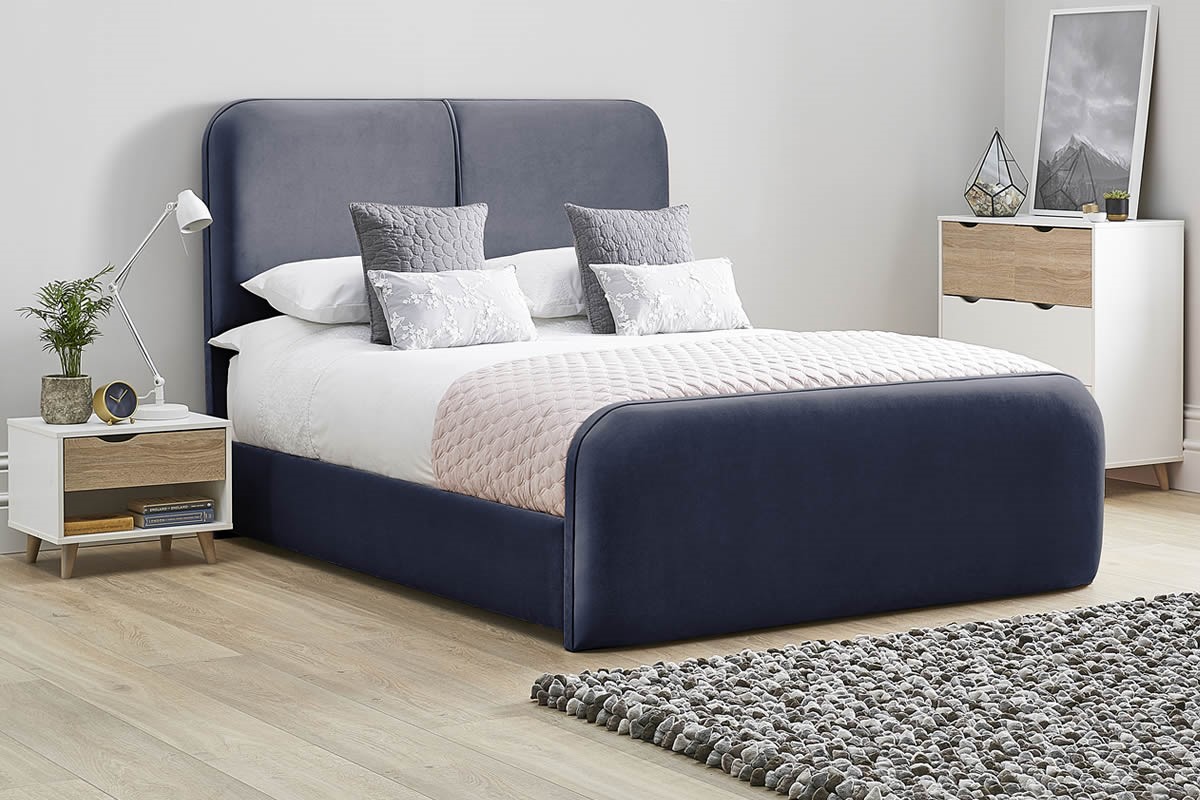
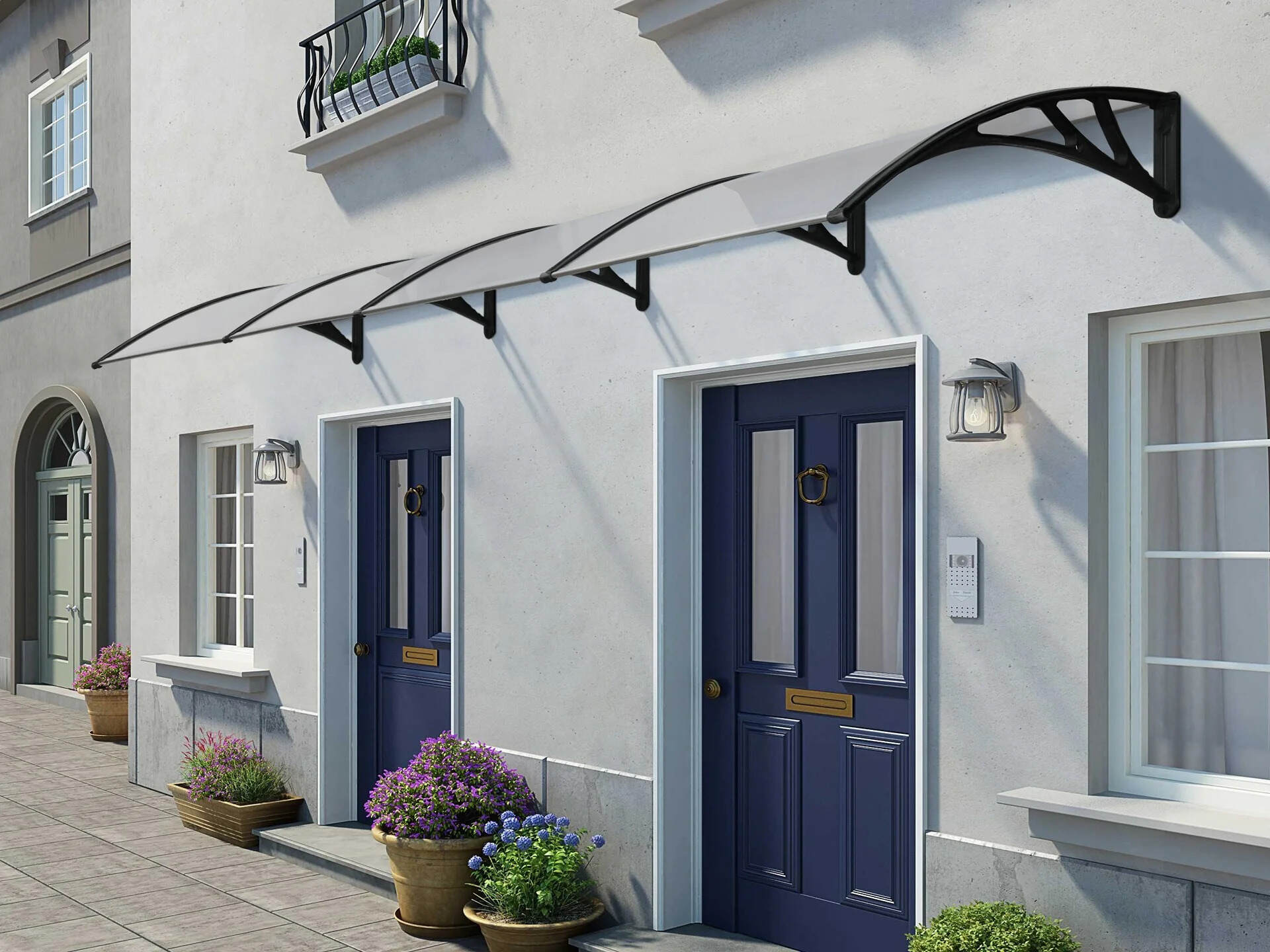
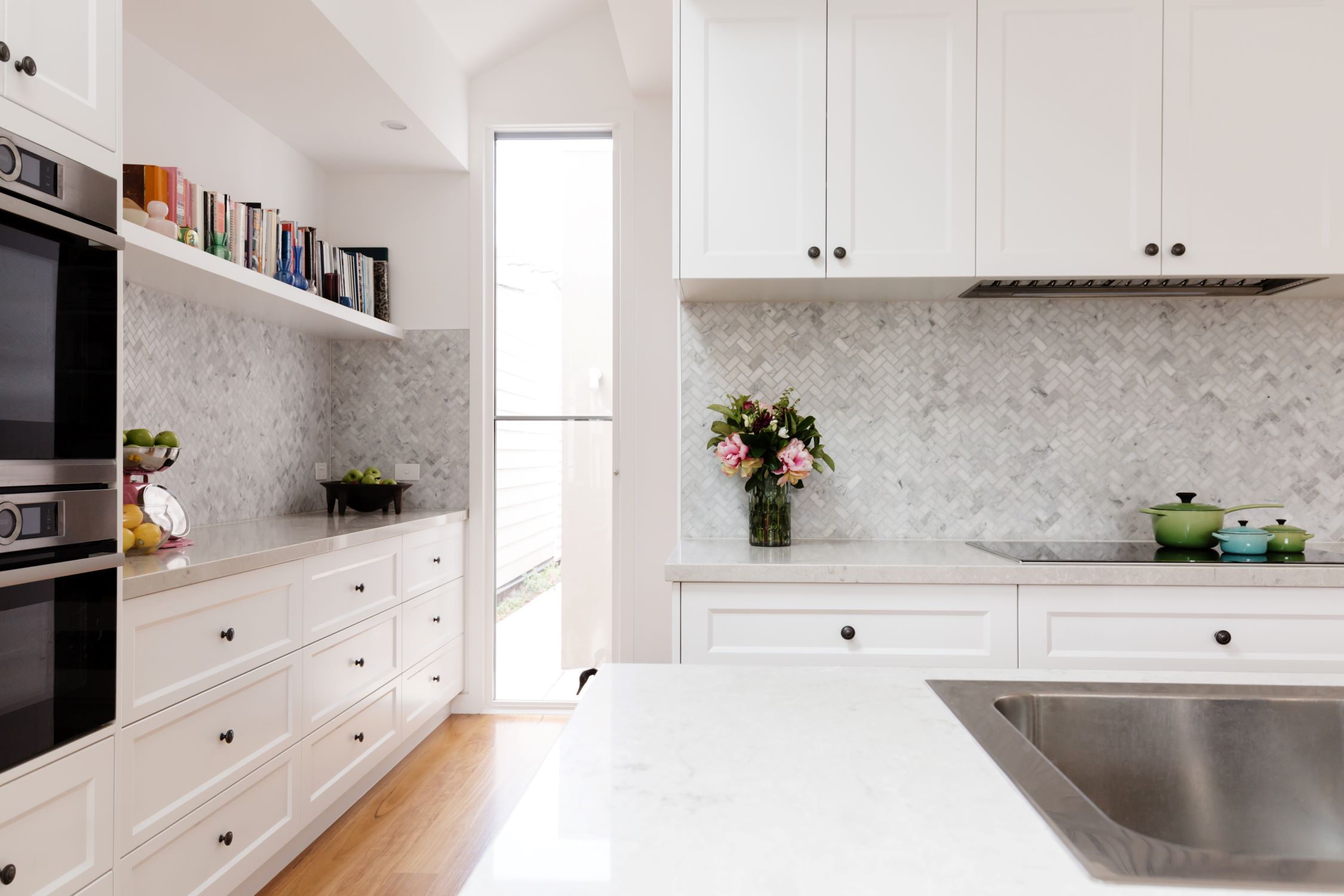
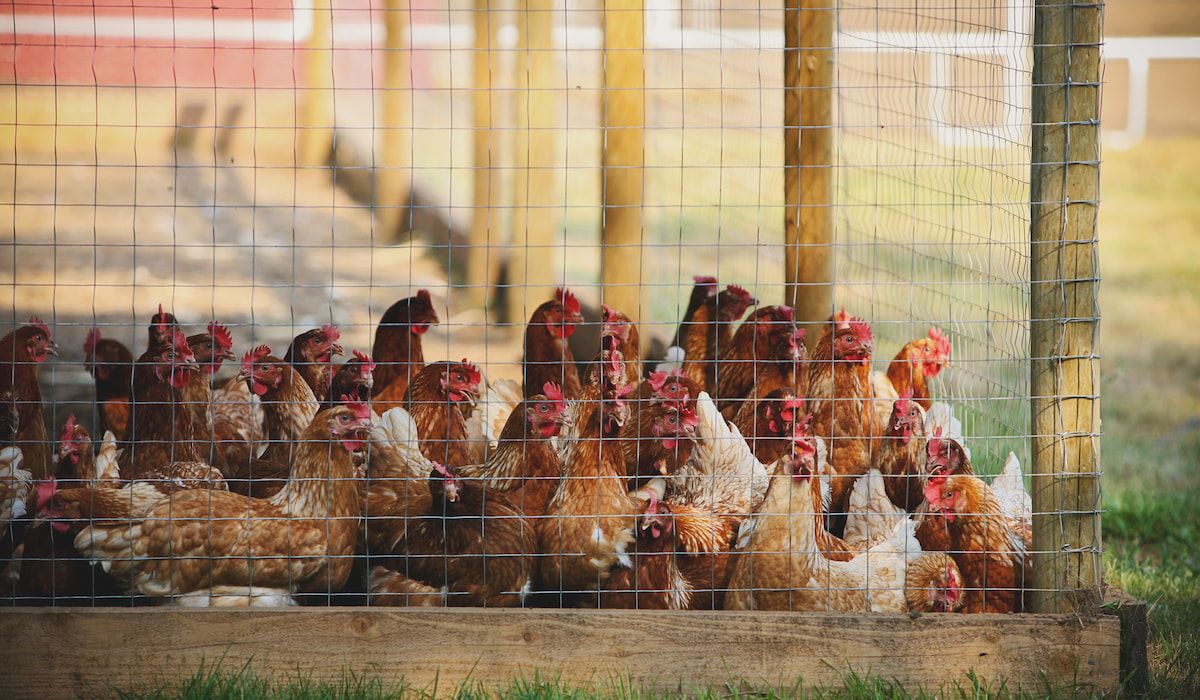
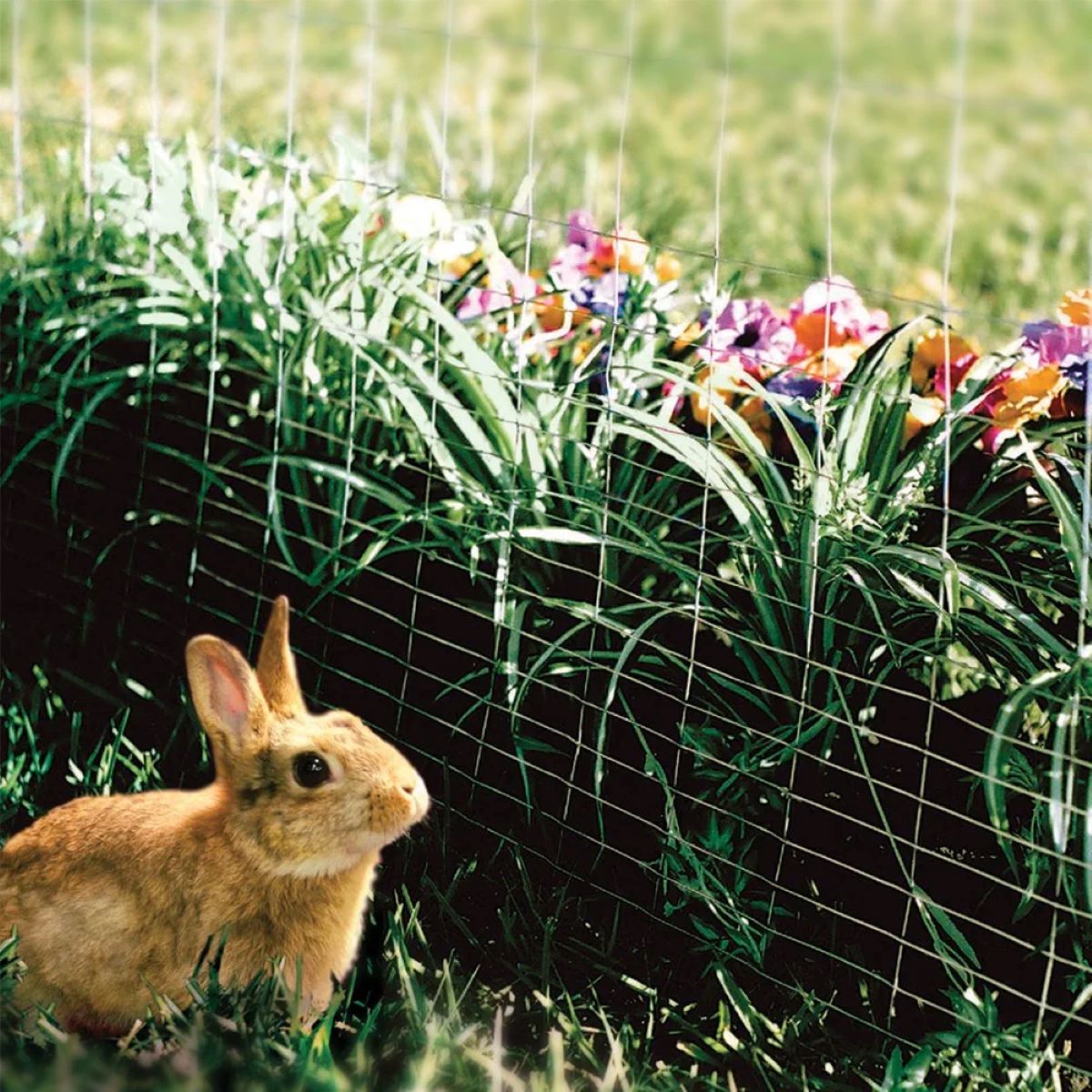

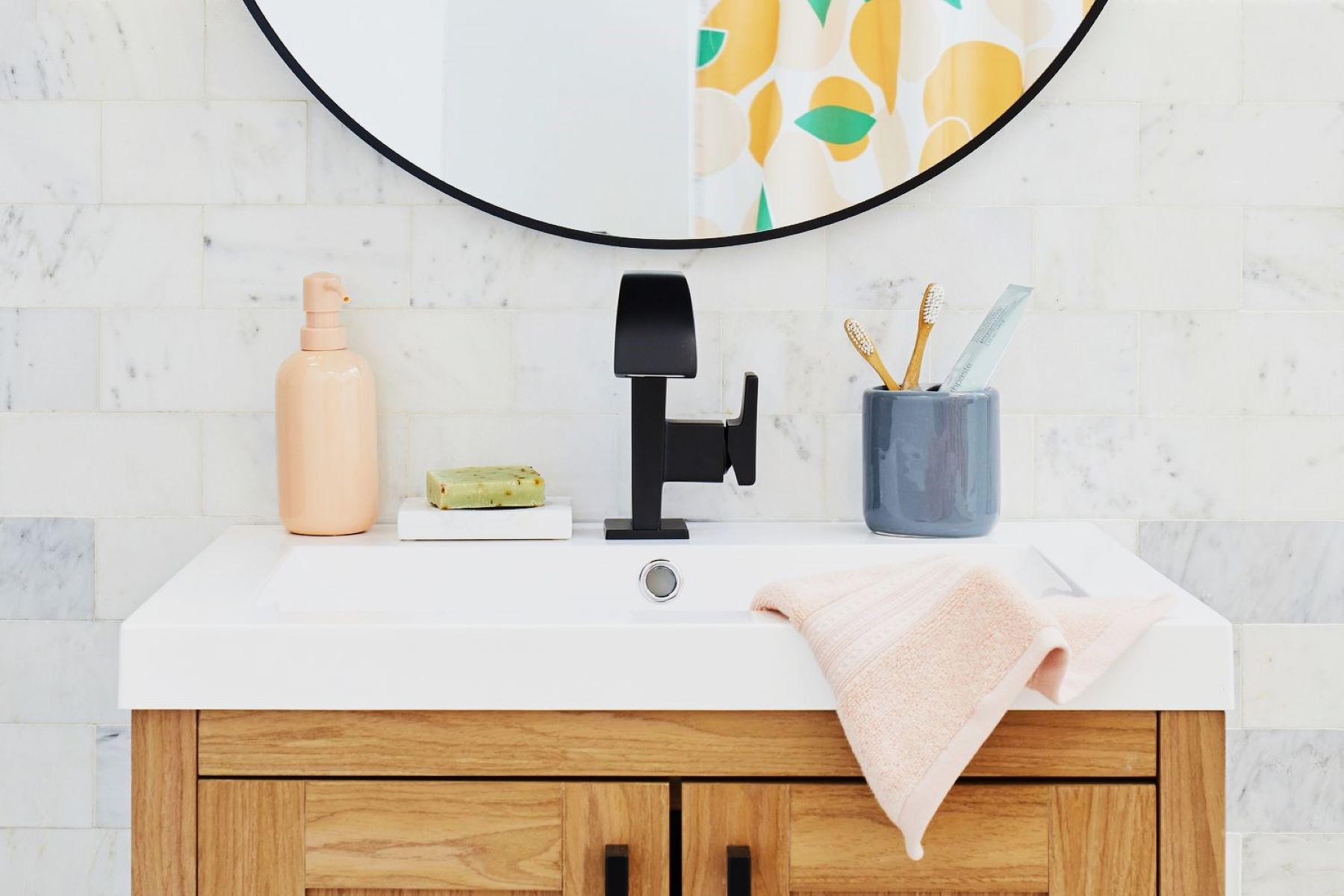
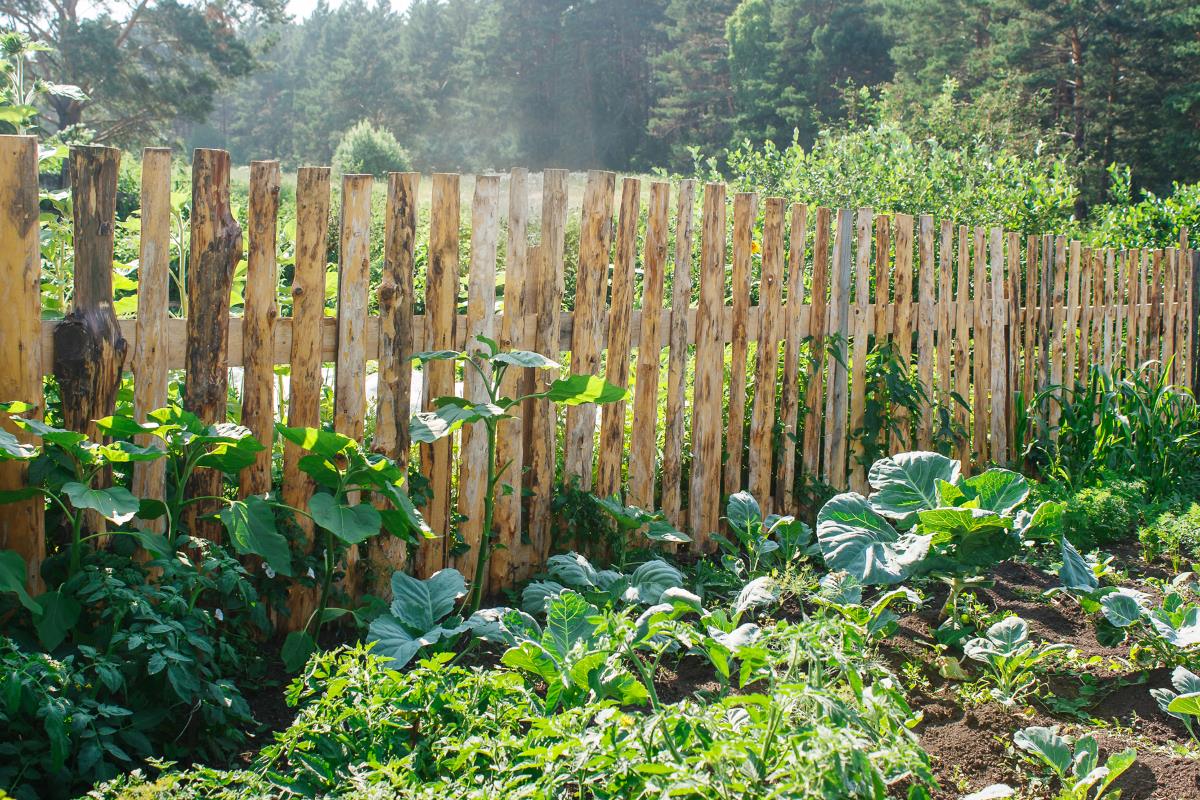
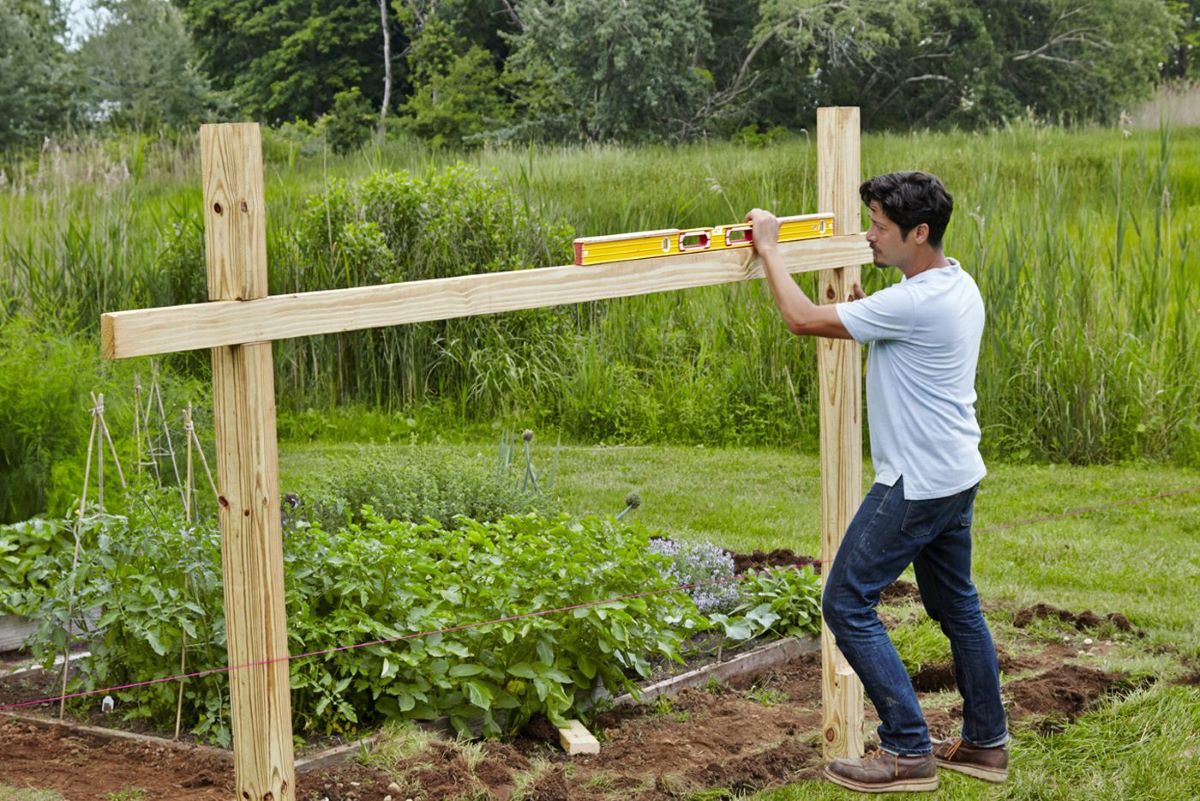

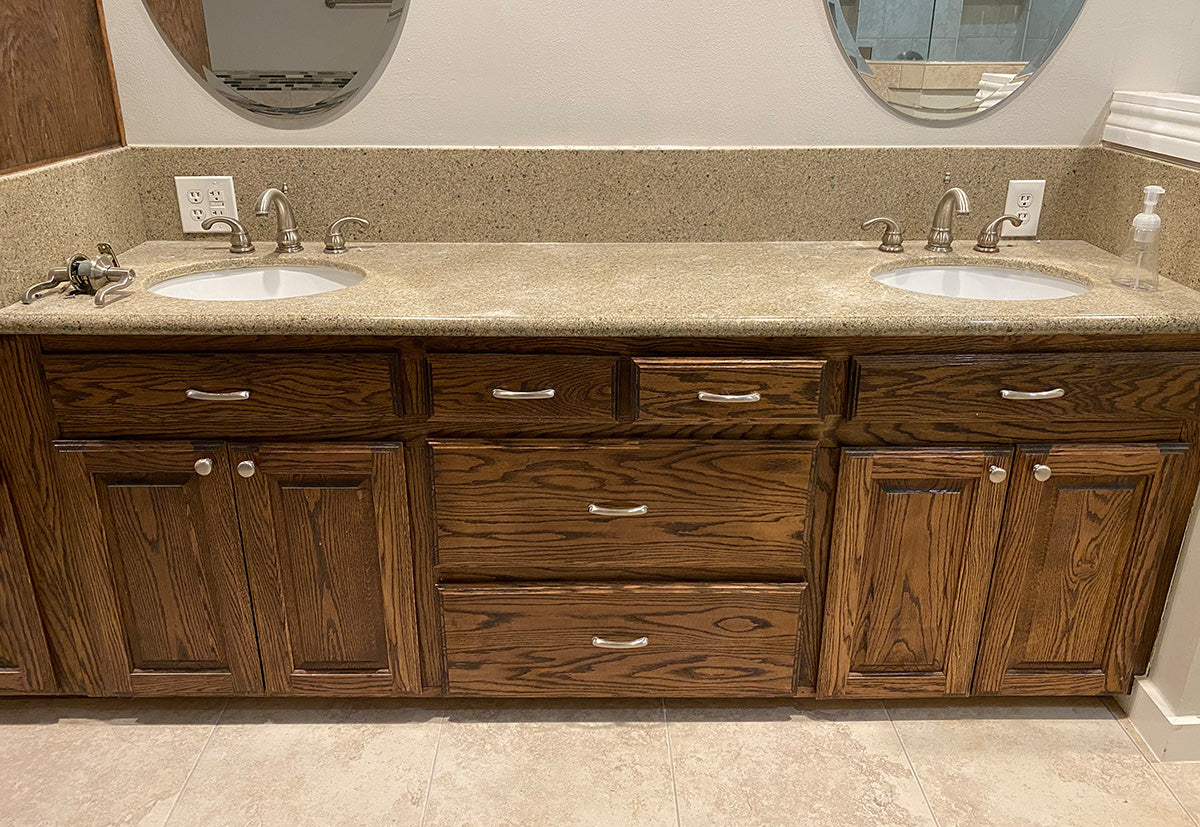
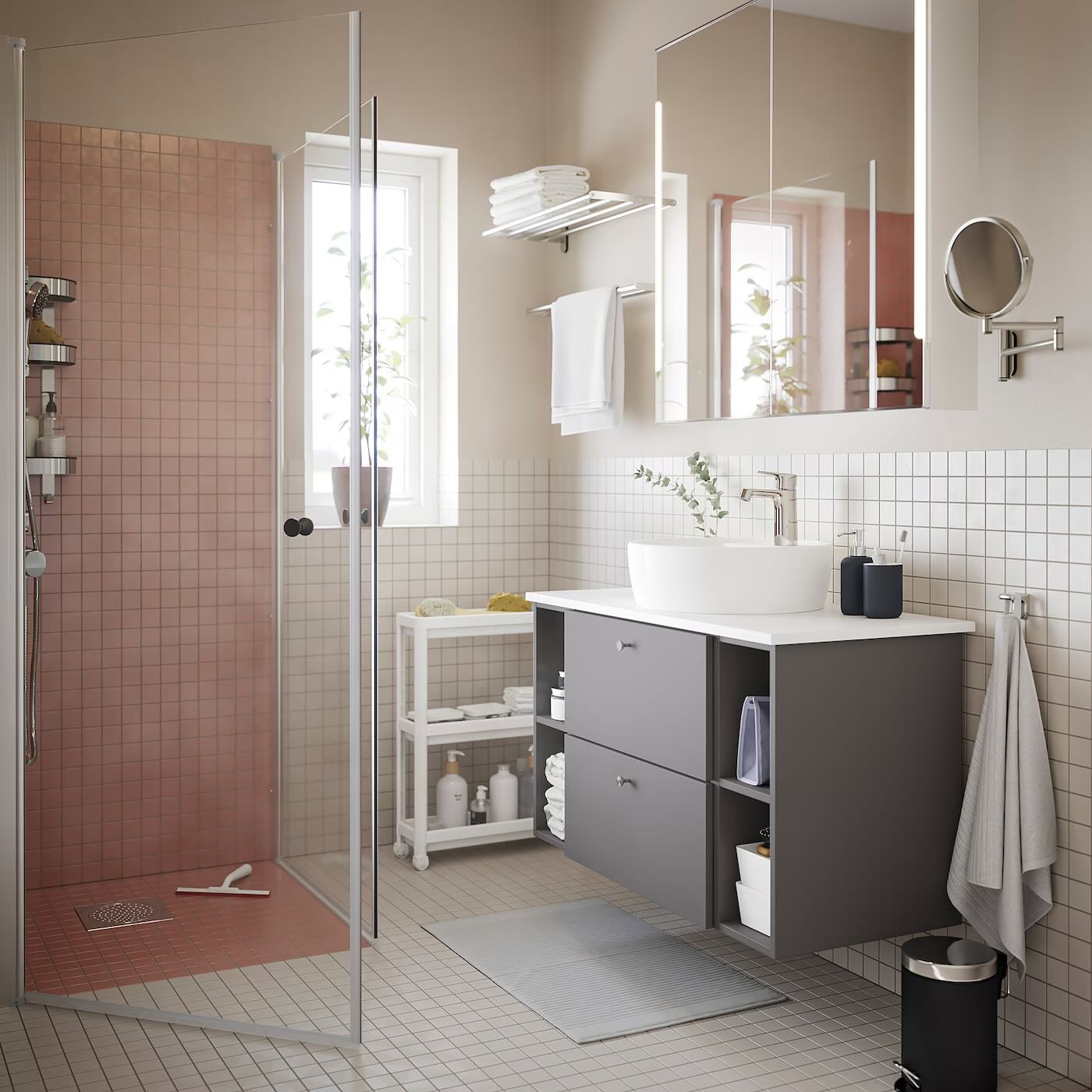
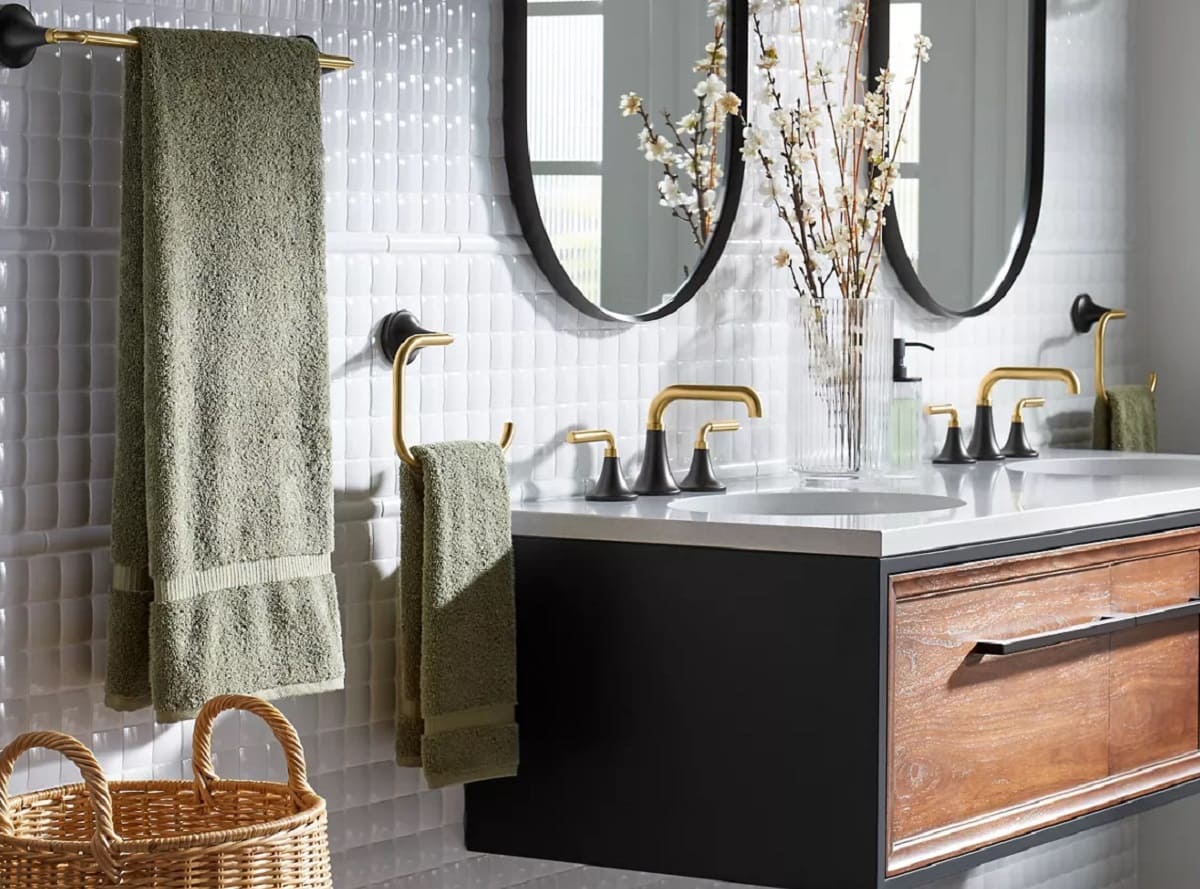

0 thoughts on “How High Should A Garden Fence Be”